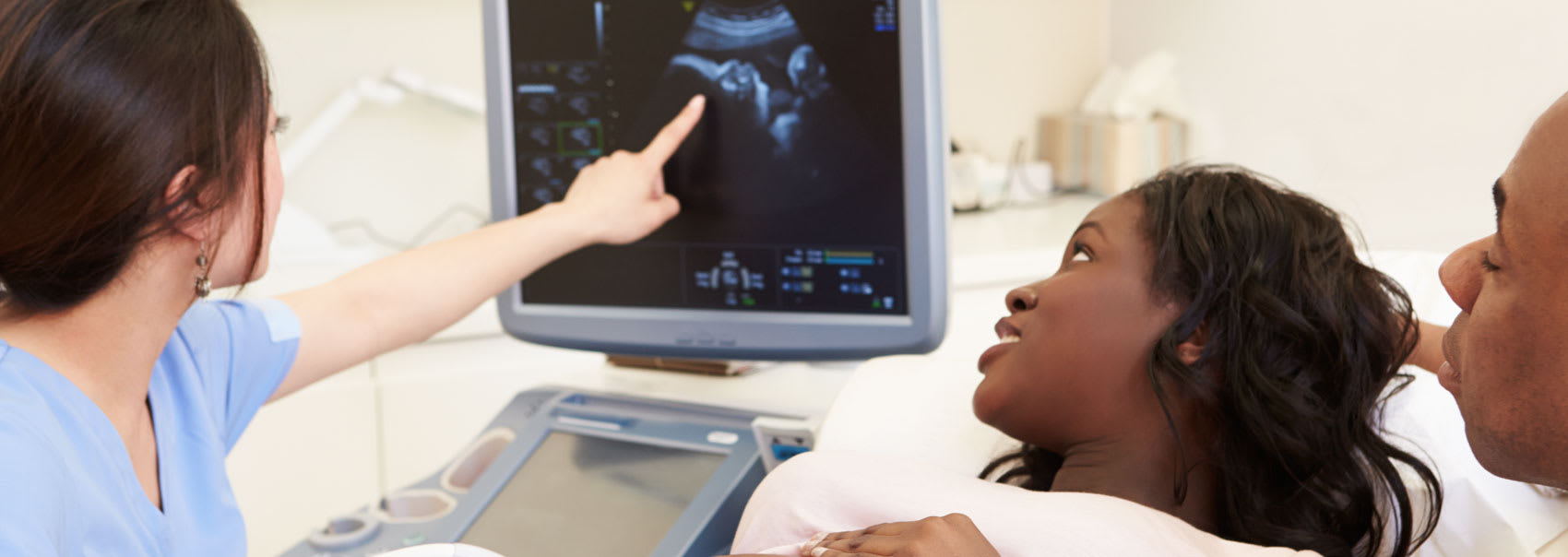You may be feeling nervous about your upcoming gynecology exam — especially if it’s your first one. However, this is a quick, straightforward procedure that’s an essential element in maintaining your overall physical health. In this post, our Ottawa radiologists discuss what you can expect from your first gynecology exam, step by step.
This exam allows your healthcare provider to assess your female organs to ensure they are healthy. They will dedicate time to addressing any questions or concerns either of you may have before and after the exam.
When should I have my first gynecology exam?
Women should start seeing their doctors or gynecologists for pelvic exams and Pap Smears every three years, between the ages of 18 and 21, or when they become sexually active. That said, you should book your exam sooner if you are experiencing any gynecological symptoms such as an irregular menstrual cycle, abnormal vaginal bleeding or discharge, severe pelvic or vaginal pain, unusual changes in the breast, itching, sores, lumps, swelling or tenderness.
When you schedule your first appointment let your gynecologist know that this is your first gynecological exam. They will understand that many women feel nervous about these exams. They can explain the process in easily understandable terms. They will also ask about your medical and sexual health history, including how many sexual partners you’ve had and whether you use contraception and conception. Though it may feel awkward, it’s important to be honest so they can provide the care you need.
You also have the option of having a female friend or family member there with you. Or, you can request an additional nurse chaperone.
Also keep in mind that no concern is too small to discuss, whether you are experiencing pain during sex, spotting between periods, or have a growth (which could be anything from an ingrown hair to genital warts). Some people, such as those in the LGBTQ community, may have specific concerns or questions.
What should I do to prepare?
Fortunately, there’s not a lot you need to do to prepare for your first gynecology exam. Do not have sex for 24 hours, use vaginal creams or douche for 24 hours before your exam. If you have your period at your scheduled appointment time, you will need to reschedule.
What will my exam include?
Your physical exam will include an external and internal pelvic exam, pap smear, urine sample and breast exam. The entire exam usually only takes a few minutes and will follow this process:
1. Exam Time
After you and your doctor have discussed your history and any current concerns, the doctor will leave the room so you can change. You’ll need to take off your clothes, including your bra and underwear and put on a paper gown. They will first listen to your lungs and heart.
2. Breast Exam
Occasionally, the doctor will examine your breasts to look for unusual lumps, which can indicate breast cancer. Breast exams are recommended annually once you turn 21.
Pelvic Exam Part 1: The External Exam
Your doctor will have you like on the exam table in your gown with your legs in stirrups or knee rests. A sheet is draped over your legs for your personal privacy. Once you are comfortable, the gynecologist will ask you to spread your knees apart and relax. If you can keep breathing deeply, the exam will be more efficient and less painful.
The external genital exam allows your doctor to visually check your labia and vulva for irritation, abnormalities, cysts, redness, swelling or any visual indication of sexually transmitted diseases (STDs).
Pelvic Exam Part 2: The Speculum Exam
A sterile medical device called a speculum will then be inserted into the vagina so your doctor can examine your cervix for signs of STDs, irritation or abnormal discharge. Though it may feel a little cool, it should not be painful. Once in place, the doctor will open the speculum slightly. While you may feel some discomfort, you’ll find this part easier if you can stay relaxed.
The doctor may also test for infection by taking a sample of fluid from your vagina. You will probably not feel this part of the exam. Sometimes a Pap Smear (starting at age 21 until you turn 70) is necessary to check for precancerous or cancerous cells.
This part of your exam is critical, even if you are not experiencing any symptoms and do not have any personal concerns. The cell sample will be sent to a lab where it’s carefully examined. You should receive your results in a few weeks.
Pelvic Exam Part 3: The Bimanual Exam
Once the speculum is removed, the doctor will perform a bimanual exam to assess the health of your uterus and ovaries. With one hand, the doctor will insert a gloved and lubricated finger into the vagina with one hand, and press down on your stomach with the other. While you will feel pressure and perhaps light discomfort, this shouldn’t be painful either. Always feel free to tell your gynecologist you’re feeling.
You’re Done!
After the pelvic exam is complete, you can take your feet out of the stirrups and sit up. Your doctor will discuss any concerns they have and make recommendations, including whether you need future tests to officially diagnose potential health issues. If you do need more diagnostic tests, you may be referred to Premier Imaging for our services.

